I'm an amateur/beginner, (maybe asking somewhat advanced questions) following a rather unorthodox learning curve, so please provide context if you can. I'm curious about the retardation of the pick-up coil as a source of self (opposing) inductance, formulas would assume instant inductance, just dependent on the differential of flux over time, but haven't found anything about propagation time.
Joining 2 100mH inductors I feed the primary with a square signal and probe the signaled leg of the primary (CH1) and the secondary. With a 110MHz scope I can see a 100nS (pic shows 150, but with better zoom it's 100) delay from the beginning of the square signal to the beginning of the ringing on the secondary (that's about 30m at c, if you'll jump to "magnetic flux propagates at the speed of light").
I-Shaped 100mH Inductors used and disposition:
Perfectly aligned scope probes on same pin, connected to fn generator:
Inductance retardation (actually 100nS)
Primary pulse rise time (750nS)
So, questions:
- Are there formulas that account for causality & propagation more realistically?
- And can we assume that after ~100nS the primary would start to oppose its own current flow? (maybe a bifilar coil would serve better, but in that case would the (dragging) dielectric field from the primary induce current on the secondary before magnetic coupling?)
- What would the voltage rise look like without self-inductance? (would it last less than 750nS?)
Possibly related papers I can't read:
https://link.springer.com/article/10.3103/S1068371210090117 https://ieeexplore.ieee.org/document/8329715/figures#figures
